Who painted The Portrait Of Madam X?
John Singer Sargent (1856 Florence – 1925 London), an American Impressionist painter, is considered to be the “leading portrait painter of his generation”. He signed over 900 oil paintings and more than 2000 watercolors, as well as many sketches and charcoal drawings. His work documents worldwide travel, from Venice to the Tyrol, Corfu, the Middle East, Montana, Maine, Florida, and was inspired by great artists such as James Abbott McNeill Whistler, Diego Velázquez, Jean Auguste Dominique Ingres, Léon Bonnat.
His Portrait of Madame X was intended to consolidate his position as a society painter in Paris, but instead resulted in scandal. During the next year following the scandal, Sargent departed for England where he continued a successful career as a portrait artist. From the beginning, Sargent’s work was characterized by remarkable technical facility, particularly in his ability to draw with a brush, which in later years inspired admiration as well as criticism.
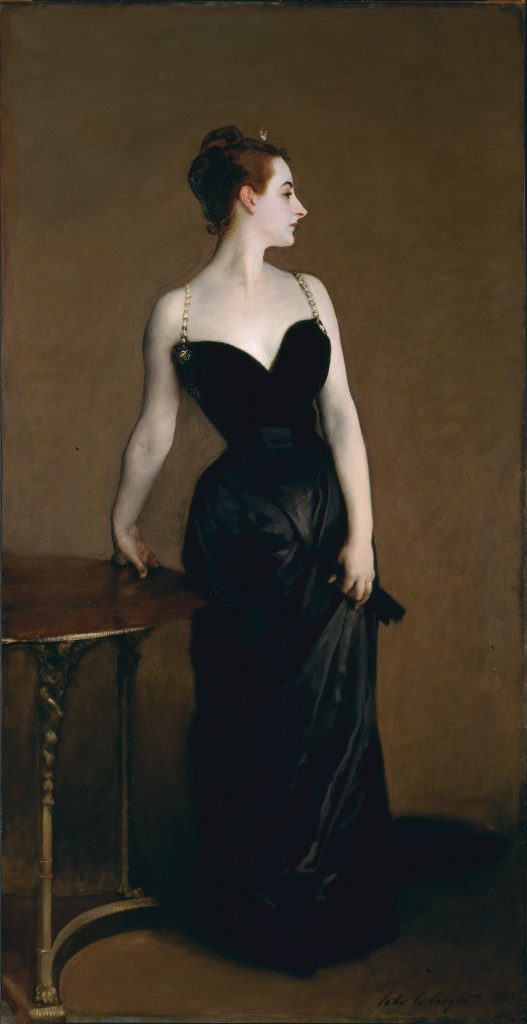
Madame X: details
- Title and artist – Madame X (Madame Pierre Gautreau) by John Singer Sargent
- Medium and date – Oil on canvas, 1883–1884
- Dimensions – 82 1/8 x 43 1/4in. (208.6 x 109.9cm), Framed – 95 3/4 x 56 5/8 x 5 in. (243.2 x 143.8 x 12.7 cm)
- Signature – John S. Sargent 1884, at lower right
- Location – Metropolitan Museum Of Art
Madame X or Portrait of Madame X is John Singer Sargent’s most famous portrait painting of a young socialite, Virginie Amélie Avegno Gautreau. Born in Louisiana, and wife of the French banker Pierre Gautreau, she was notorious in Parisian high society for her beauty and rumored infidelities. Madame X was painted not as a commission, but at the request of Sargent. Her unconventional beauty made her an object of fascination for many artists. The American painter Edward Simmons claimed that he “could not stop stalking her as one does a deer.” Sargent was also impressed, and anticipated that a portrait of Gautreau would garner much attention at the upcoming Paris Salon, and increase interest in portrait commissions.
He wrote to a friend: “I have a great desire to paint her portrait and have reason to think she would allow it and is waiting for someone to propose this homage to her beauty. If you are ‘bien avec elle’ and will see her in Paris, you might tell her I am a man of prodigious talent.”
She refused numerous similar requests from artists, but Gautreau accepted Sargent’s offer in February 1883. Sargent was an expatriate like Gautreau, and their collaboration has been interpreted as motivated by a shared desire to attain high status in French society.
Starting with the winter of 1883, Sargent commenced a series of preparatory works in pencil, watercolors, and oils. About thirty drawings resulted from these sessions, in which many poses were attempted.
Gesture drawing
Take a look at these drawings by Sargent. They are great examples of gesture drawings, using the minimum of line to convey the maximum of information. They are well worth studying and copying.
See also: how to do a gesture drawings
Like the eventual portrait, an oil sketch entitled Madame Gautreau Drinking a Toast (Isabella Stewart Gardner Museum), shows the subject’s profile and bare arms against a dark background, but is of a more freely brushed and informal character.
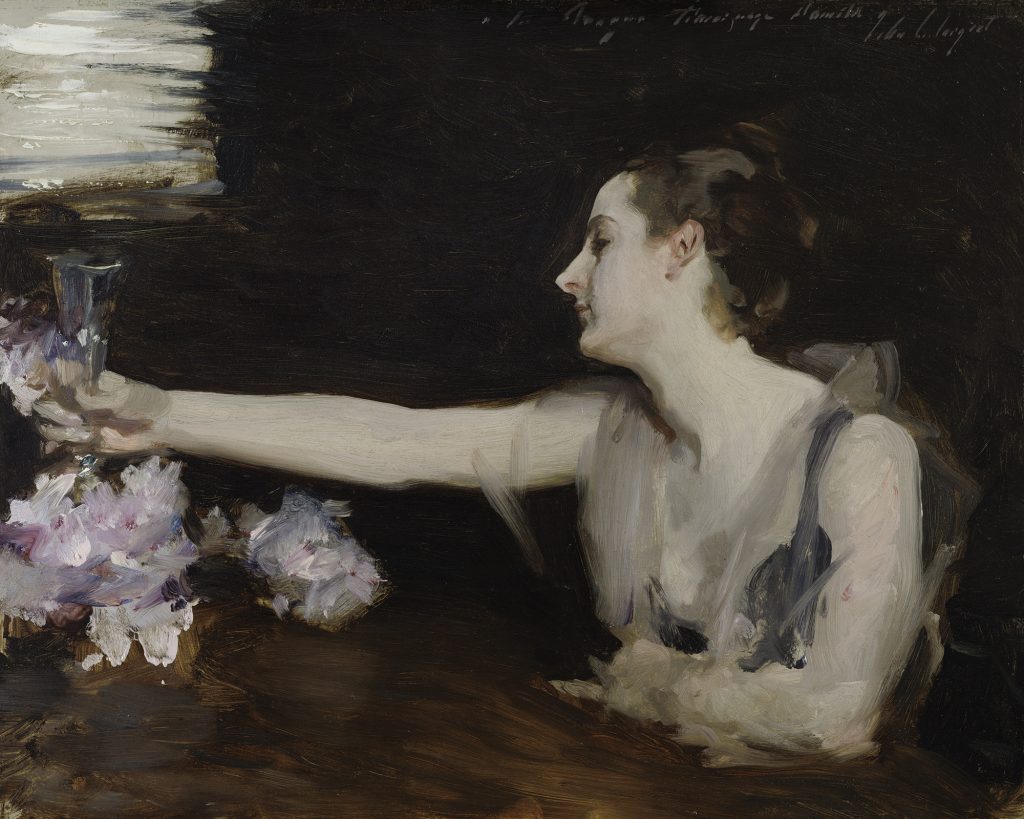
Madame X: description
Sargent shows a woman posing in a black satin dress with jeweled straps, a dress that reveals and hides at the same time. The portrait is characterized by the pale skin tone of the subject contrasted against a dark colored dress and background.
She is surrounded by a rich brown which is at once luminous and dark enough to provide contrast to the skin tones. Most disconcerting is the whiteness of the skin, an overt contrivance of “aristocratic pallor” by contrast her red ear is a jarring reminder of the color of flesh unadorned.
Sargent chose the pose for Gautreau very carefully: her body boldly faces forward while her head is turned in profile. A profile is both assertion and retreat, half of the face is hidden while, at the same time, the part that shows can seem more defined than full face.
The table provides support for Gautreau, and echoes her curves and stance. At the time, her pose was considered sexually suggestive. As originally exhibited, one strap of her gown had fallen down Gautreau’s right shoulder, suggesting the possibility of further revelation. The image’s erotic suggestion is of a distinctly upper-class sort: unnaturally pale skin, cinched waist, severity of profile and an emphasis on aristocratic bone structure all imply a distant sexuality “under the professional control of the sitter”, rather than offered for the viewer’s delectation.
Classical sources, such as the figures in a fresco by Francesco de’ Rossi (Il Salviati) have been suggested as inspiration for the pose. The painting features several subtle classical references: sirens of Greek mythology adorn the table’s legs, and the crescent tiara worn by Gautreau symbolizes the goddess Diana. The latter was not contrived by the artist, but was part of Gautreau’s self-display.
While the work was in progress, Gautreau was enthusiastic. She believed that Sargent was painting a masterpiece, and the artist thought so too.When the painting first appeared at the Paris Salon under the title Portrait de Mme*** in 1884, people were shocked and scandalized. The attempt to preserve the subject’s anonymity was unsuccessful. Gautreau was humiliated by the affair, and Sargent soon left Paris and moved to London permanently. The scandal resulting from the painting’s controversial reception amounted to a temporary set-back to Sargent while in France, though it may have helped him later establish a successful career in Britain and America.
Madame X: where is she now?
Sargent hung Madame X first in his Paris studio, and later in his studio in London. Starting in 1905, he displayed it in a number of international exhibitions. “I suppose it is the best thing I have done,” John Singer Sargent wrote in 1916 to his longtime friend Edward Robinson, Director of The Metropolitan Museum, offering to sell his portrait of Madame Pierre Gautreau for what was, at the time, a very modest price. A second, unfinished version of the same pose, in which the position of the right shoulder strap remained unresolved, is in the Tate, London.
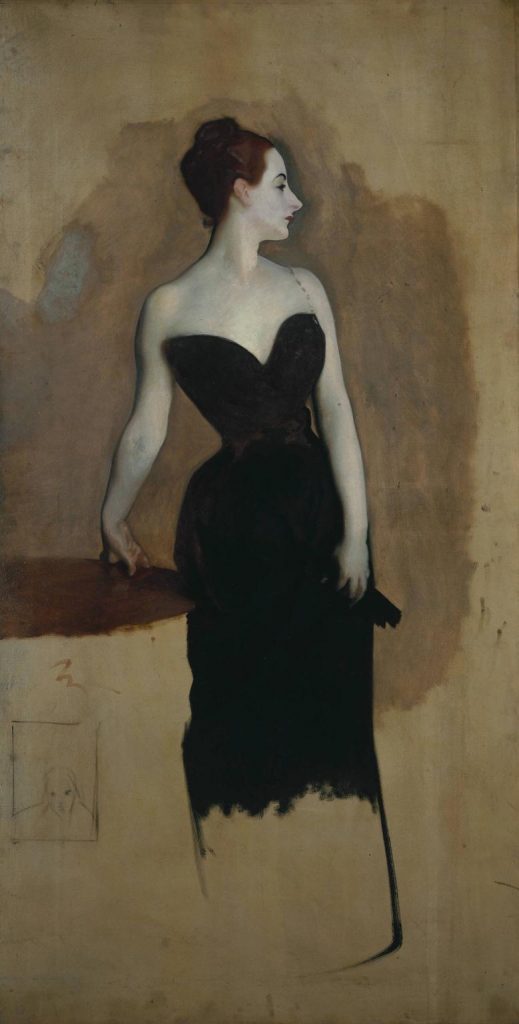
Madame X: imitations
In 1960, Cuban-American fashion designer Luis Estévez created an iconic black dress based on the John Singer Sargent painting Portrait of Madame X (1884). Dina Merrill modeled the Estévez dress for photographer Milton H. Greene published in Life magazine in January 1960.
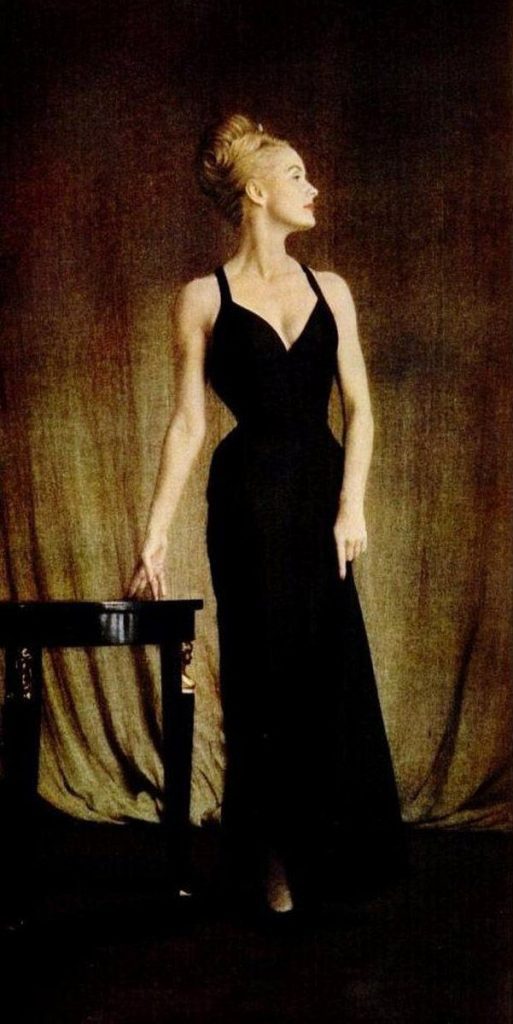


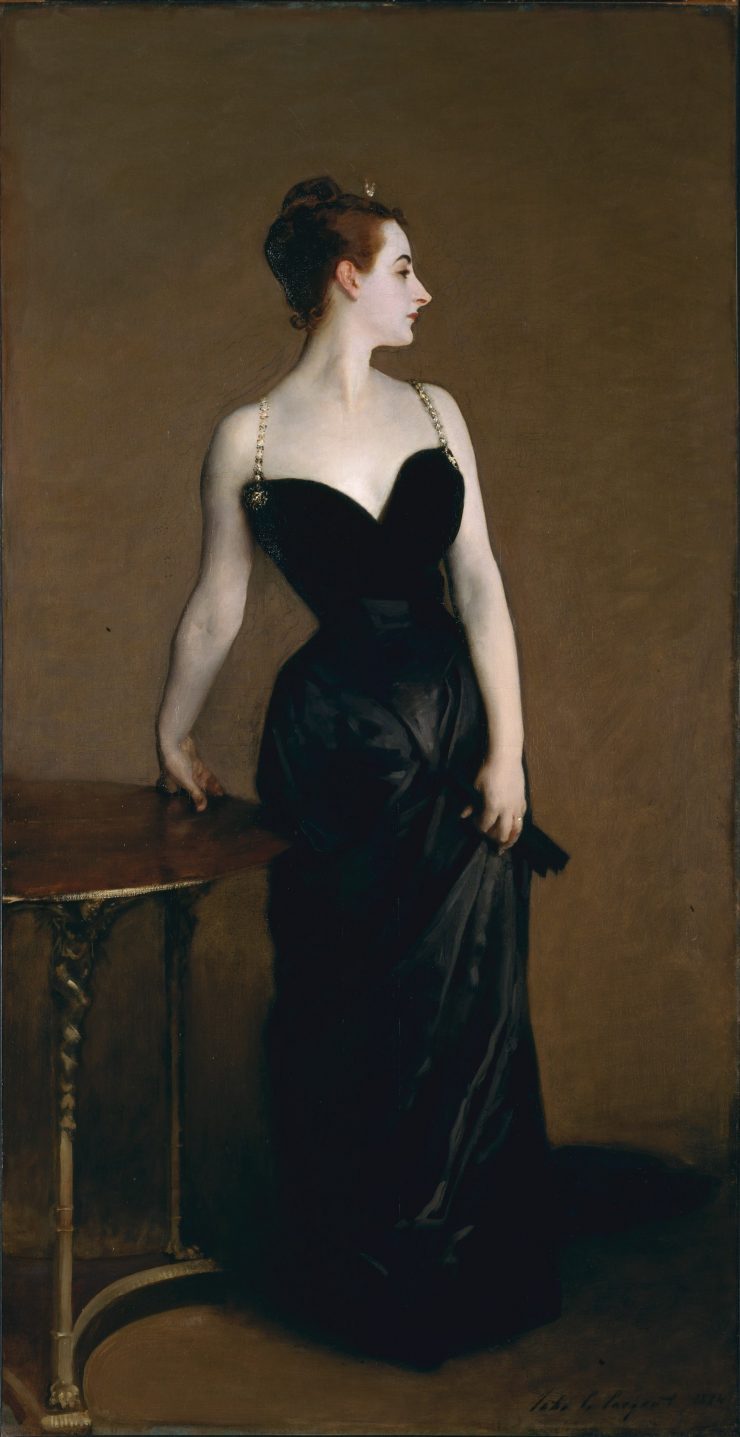
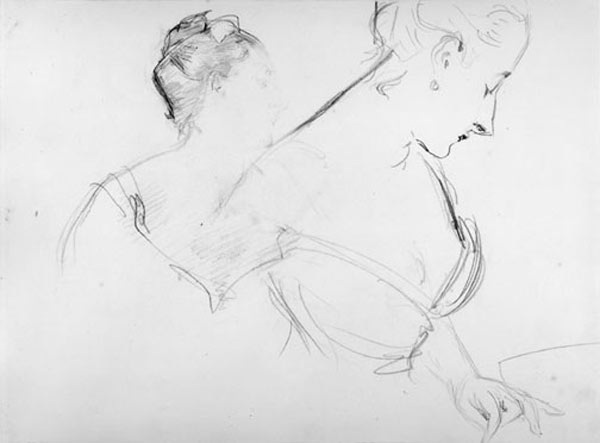
Add comment